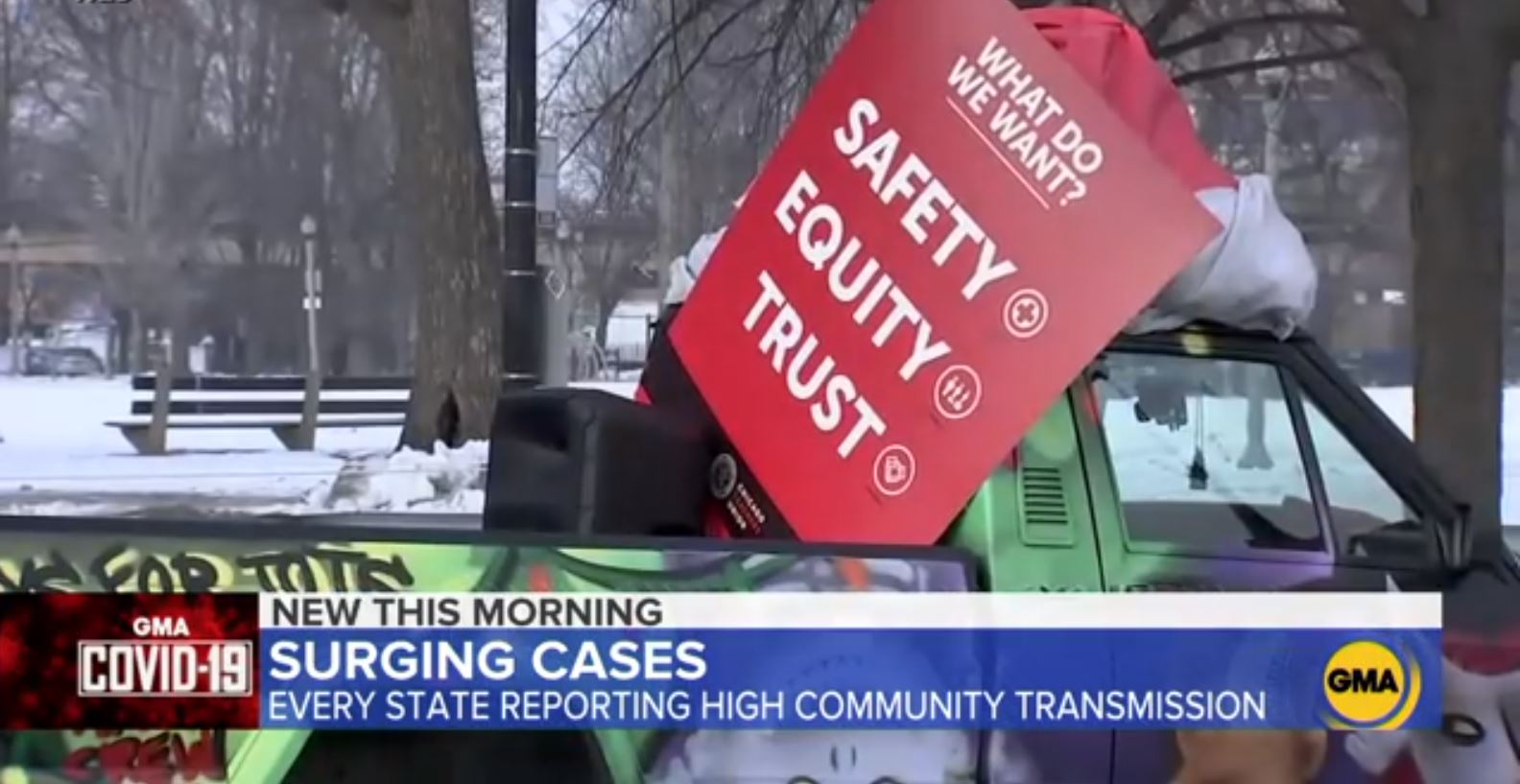
By Borja Suarez and Marco Trujillo
LA PALMA, Spain (Reuters) -Lava flowed from an erupting volcano on the Spanish island of La Palma for a fourth day on Wednesday, forcing more people to evacuate their homes and blanketing towns in ash, while residents struggled to come to terms with the destruction.
“All we can do is cry. We are a small business, we live off all these people who have lost everything,” said Lorena, 30, who works in a jewelers in the small town of Los Llanos de Aridane.
Since erupting on Sunday, lava from the Cumbre Vieja volcano has destroyed at least 150 houses and forced thousands of people to flee, mostly in Los Llanos de Aridane and nearby El Paso.
Holding back tears as she swept away a thick layer of ash from the street outside her store, Nancy Ferreiro, the jewelry shop owner, said: “There are no words to explain this feeling.”
Less than 5 km (3 miles) to the south, in Todoque, forked tongues of black lava advanced slowly westward, incinerating everything in their path, including houses, schools and the banana plantations that produce the island’s biggest export.
Emergency services tried to redirect the lava towards a gorge in an effort to minimize damage but had little success.
“Faced with the column of advancing lava … nothing can be done,” regional leader Angel Victor Torres told a news conference, adding that the flow had slowed to a crawl.
Miguel Angel Morcuende, technical director of the Pevolca eruption taskforce, said the lava’s speed had reduced so much that it might not reach the sea.
Experts had originally predicted it would hit the Atlantic Ocean late on Monday, potentially causing explosions and sending out clouds of toxic gases. Marine authorities are keeping a two nautical mile area in the sea closed as a precaution.
Morcuende said for now there was no indication that gases released by the eruption were damaging to human health.
People from the El Paso neighborhood of Jerey were ordered to evacuate on Wednesday as the lava crept close to their homes.
About 6,000 of La Palma’s population of 80,000 have been evacuated since Sunday. Some were allowed back briefly to recover belongings.
Property portal Idealista estimated the volcano had caused around 87 million euros ($102 million) in property destruction so far.
Late on Tuesday, the Canary Islands’ volcanology institute said the scale of seismic activity within the volcano was intensifying.
Drone footage captured towers of magma bursting high into the air, spraying debris onto the flanks of the Cumbre Vieja volcano.
No fatalities or injuries have been reported
(Reporting by Borja Suarez, Marco Trujillo, Nacho Doce, Emma Pinedo, Clara-Laeila Laudette and Inti Landauro; Writing by Nathan Allen and Inti Landauro; Editing by Janet Lawrence)












